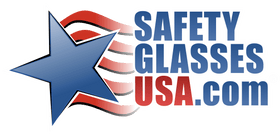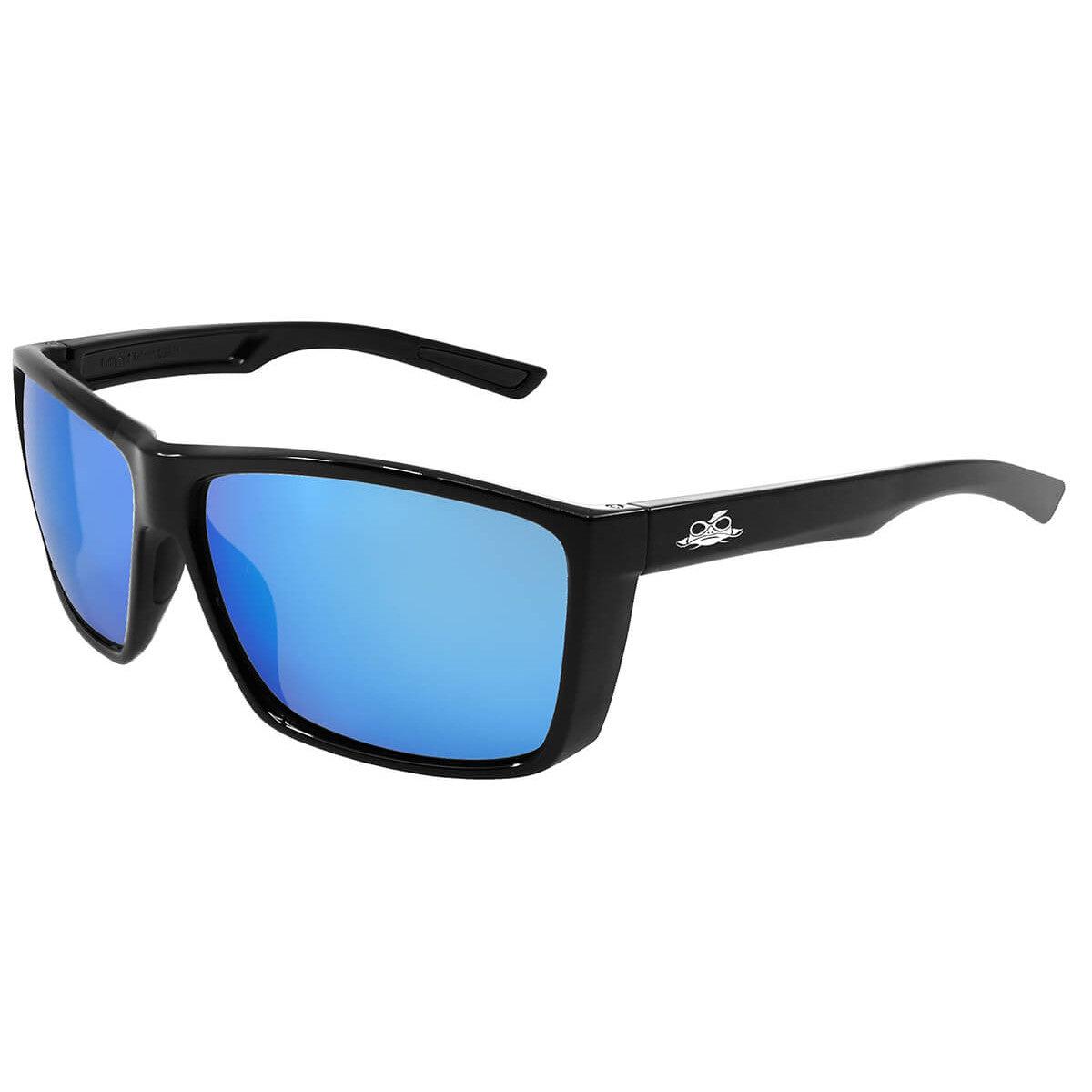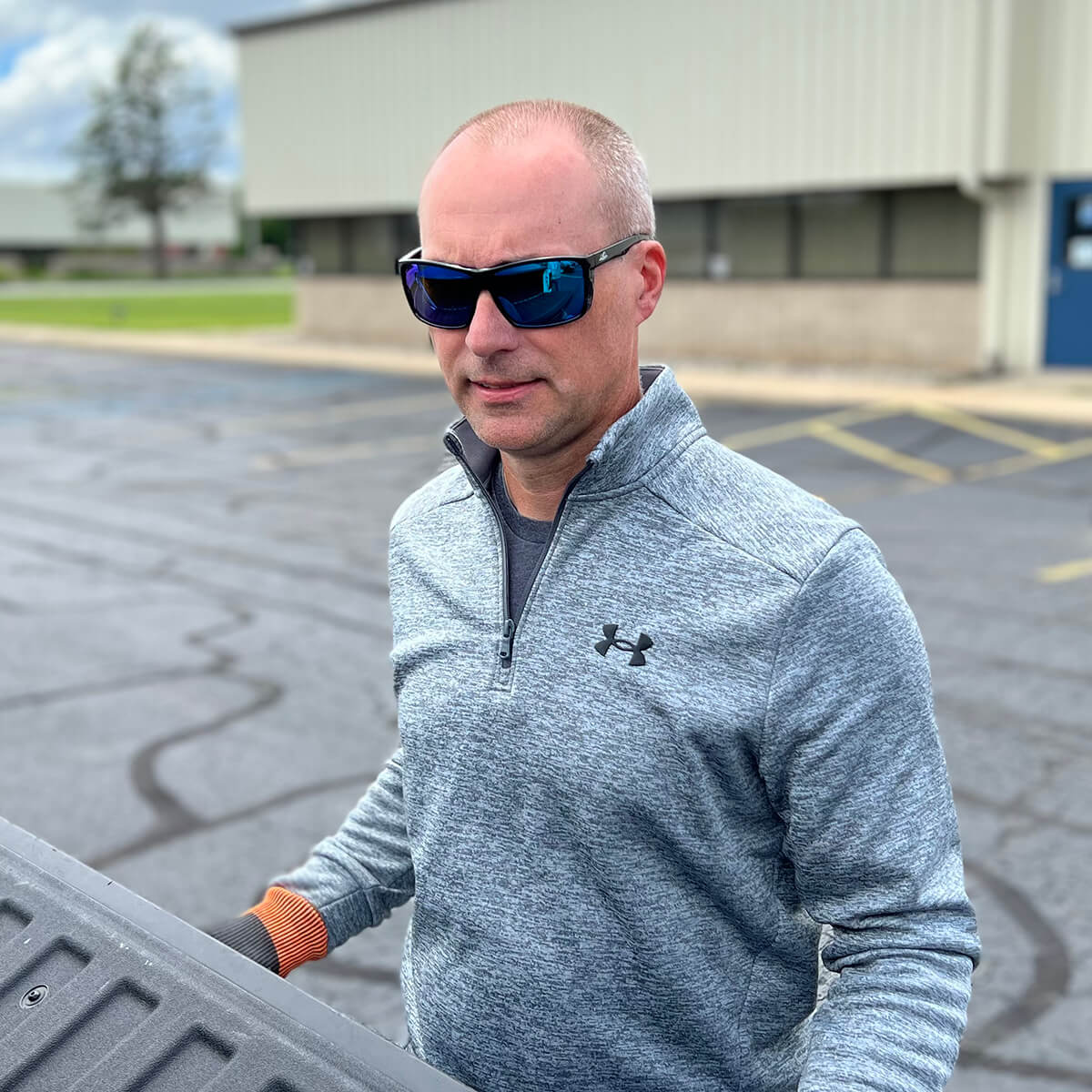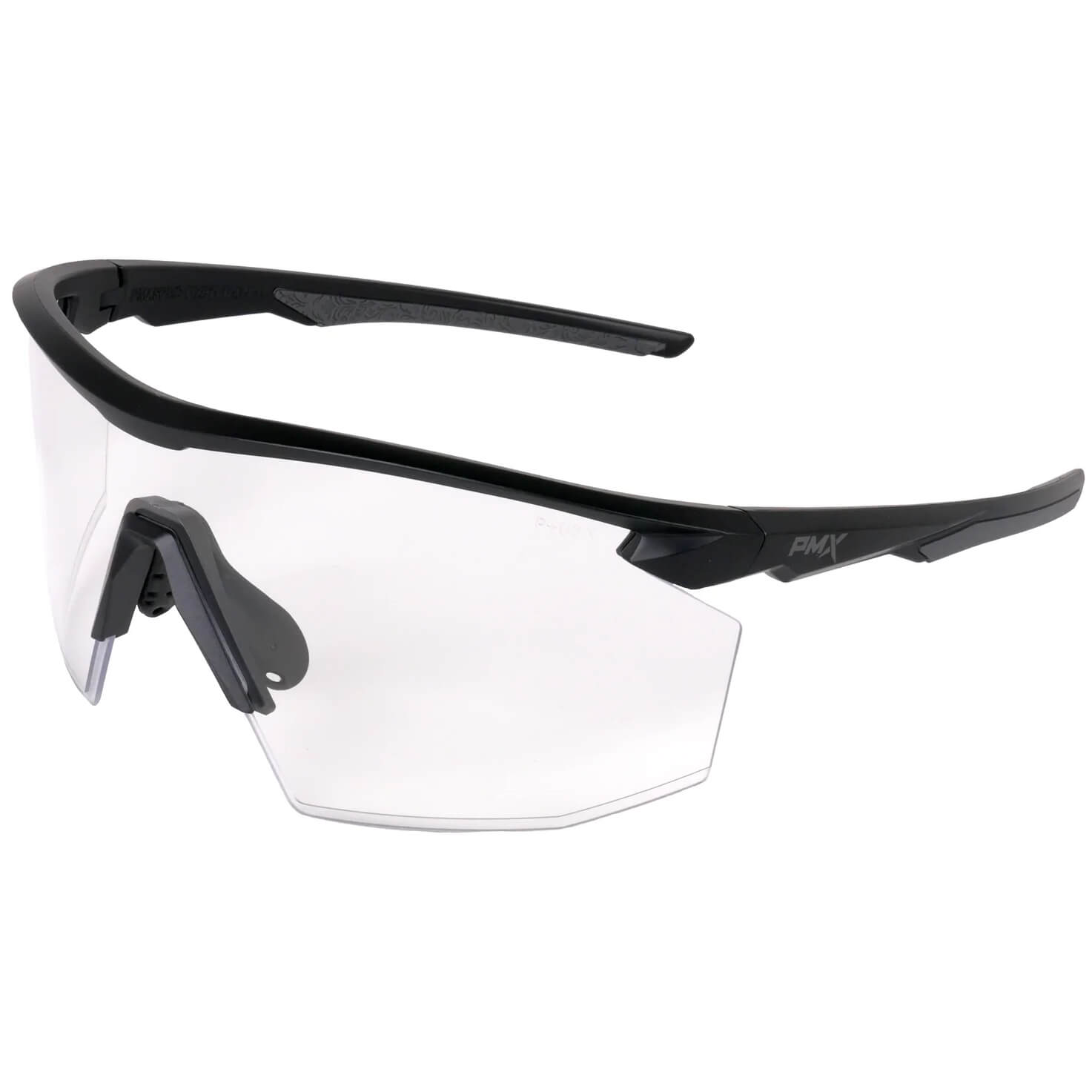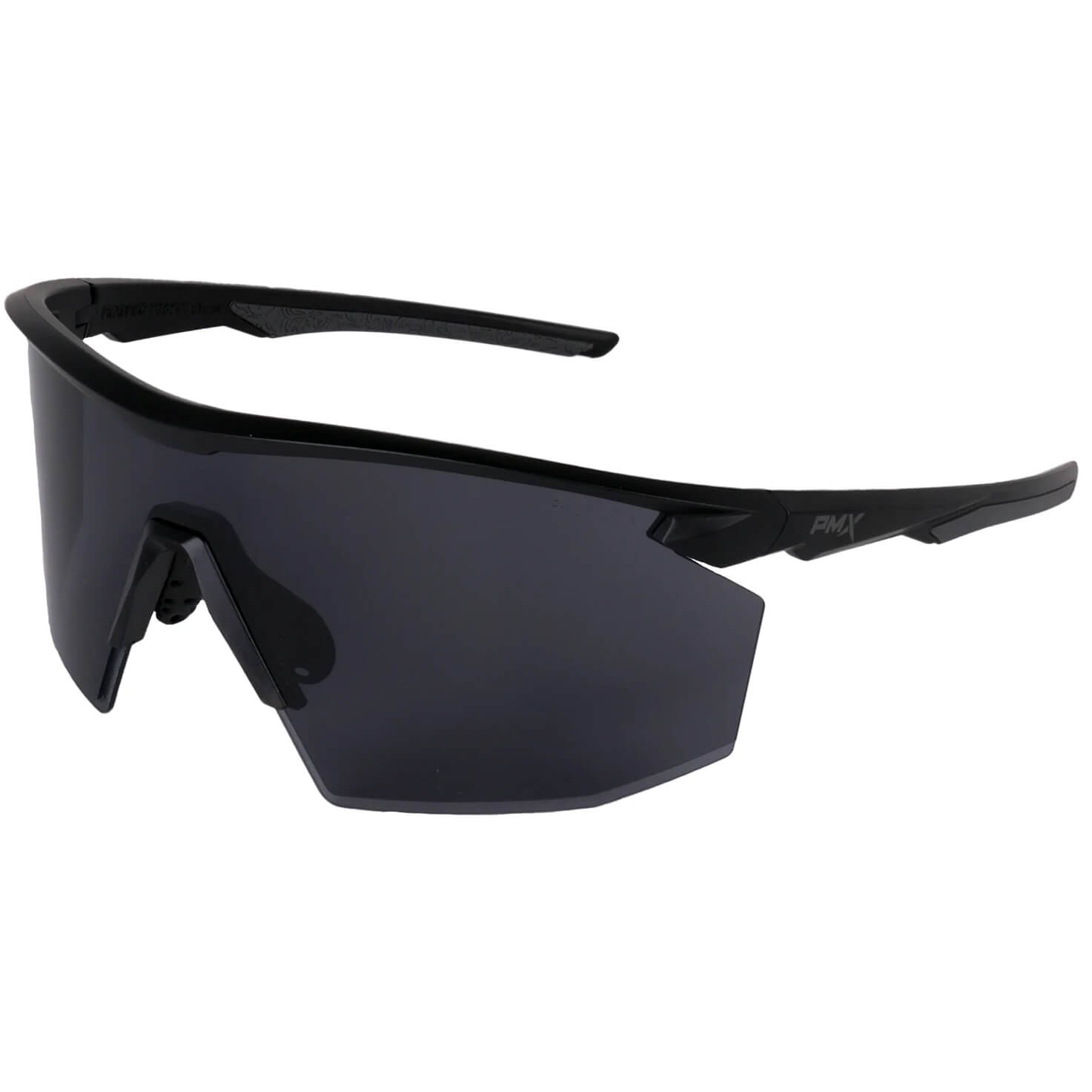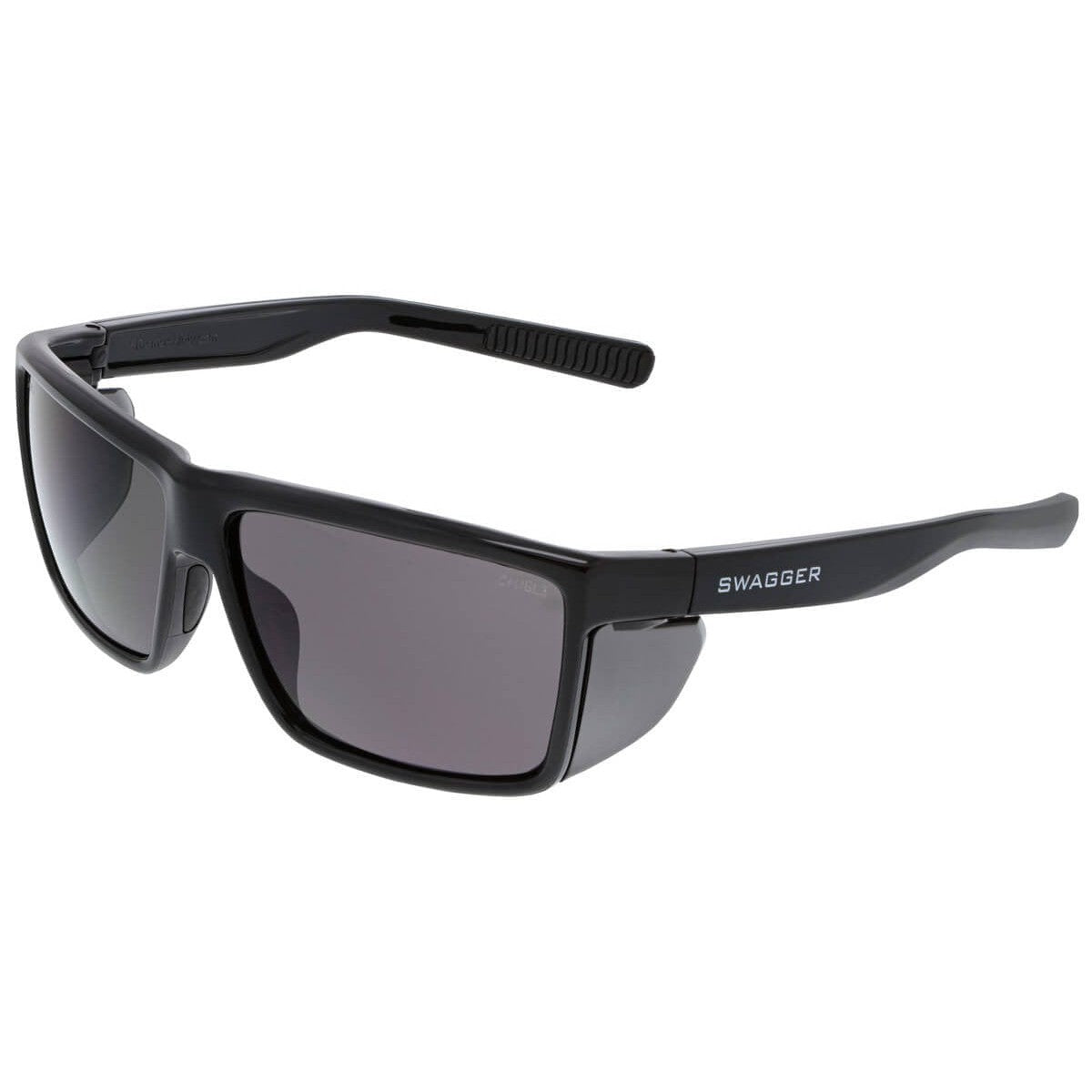Harmful UV Light Exists in All Seasons
With the arrival of cooler weather and less daylight, many people underestimate the impact of the Autumn sunshine because many don’t realize that “when the sun is low in the sky during Autumn months the total amount of UV radiation your eyes are exposed to increases dramatically.”
The sun lies closer to the horizon during Fall than it does during Summer and often shines directly into drivers’ eyes more so than during warmer months. In addition, the change in the sun’s position creates obscured views as the sun hits lower on the horizon instead of from above.
Wearing sunglasses during the Autumn months will protect your eyes from harmful UVA radiation.
In addition to problems when driving, the impact of the Autumn sun catches many unaware as they go about the usual fall activities like apple picking and leaf raking. Instead of eyes being protected by hats or even, to some extent, by our eyebrows, it meets us at eye level.
Unlike UVB rays, UVA rays do not decrease in the Autumn months. The amount of UVA radiation you’re exposed to in July is the same in October! If the sun is shining, your eyes (and skin) are exposed to UVA rays.
Underestimating the impact of the Autumn sun brings additional and unnecessary damage to the eyes. With this in mind, respect the Autumn sun by adhering to the following:
5 Tips For Autumn UV Protection
1. Always wear eye protection that protects eyes from at least 99% of the sun’s harmful rays, even on cool Autumn days.
2. Wearing a broad-brimmed hat can reduce your UV exposure by 50%.
3. Protect eyes on overcast days. Diffused UV rays still make their way through the clouds and cause damage.
4. Understand the impact of cumulative sun damage to the retina and lens of the eye, damage that often leads to conditions like cataracts and macular degeneration. Prevention involves ensuring everyone in the family protects their eyes year-round by wearing UV sunglasses.
5. Consider other ways of blocking the Autumn sun when driving. In addition to wearing sunglasses, use your car’s sun visors to block the sun and help you see the road ahead. Another option involves tinting the top part of your windshield for added sunblock and better visibility when driving.
Pro Tip: You don’t necessarily need tinted lenses to protect your eyes from UV radiation. Since most safety eyewear uses polycarbonate lens material, even clear lens tints will block harmful UV radiation. That’s because polycarbonate inherently blocks 99.9% of UVA/UVB rays without any extra or special coatings. Awesome!
Remember, an absence of heat does not mean a lack of damaging UV rays from the sun. Likewise, even though you don’t feel the sun’s warmth doesn’t mean it’s not reaching you and causing damage to your eyes. The best approach involves protecting yourself from the sun all year round, not just when you most feel its presence in warmer seasons.
Establishing a Year-Round Approach
To help establish a year-round approach to protecting eyes against the sun’s harmful rays, investigate the following resources.
- October 20th-28th is National Eye Health Week in the UK. Look After Your Eyes provide an agenda for the week to remind people how important their eyes are and to have an eye exam every two years.
- Participate in the Sunbeams’ campaign presented by National Eye Health Week and Boots Opticians. This campaign encourages “kids and parents to take care of young eyes to minimize the risk of future sight loss.” In addition to games and information, the campaign offers Ten Simple Strategies for Staying Safe in the Sun.
Respecting the Autumn sun requires a deliberate approach to protecting the eyes. But that respect for the sun should extend well beyond Fall and into the rest of the year, especially as you realize that eyes easily fall prey to the sun’s harmful rays regardless of the season.
